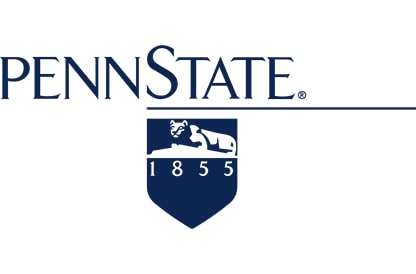“We had some solutions in place before for people to use graphical applications on our systems remotely. But they had limitations,” Fenn explained. Researchers often spend long hours on their research, familiar with sleepless nights and constant pressure. Technical issues while rendering their 3D simulations only compound these trials. Penn State needed to find a solution that could make remotely accessing high-end analysis and visualization tools a far easier process, enabling their researchers to produce more material. The more work those researchers accomplish, the better it will be for the university’s image and influence.
Seeking the best remote access solution
“We wanted a solution that performed better than our existing solutions in terms of rendering either two-dimensional or three-dimensional user interfaces,” said Fenn, describing how previous solutions had difficulties with rendering accuracy and fluidity. Researchers and engineers at the university are using such graphical applications as MATLAB® , ANSYS® , and COMSOL® to analyze complex information. These applications help Penn State develop the highest forms of research, in turn attracting more students.
Other priorities included the need for users to be able to easily resume their sessions even if their connection was interrupted and for the solution to be easy to manage for the systems administrators. Because of the nature of Penn State’s system, which dedicates 24 Linux™-based servers to advanced interactive computation and visualization, the solution also needed to be server-based.
Fenn began his search by installing and configuring various managed application access solutions to gauge their effectiveness from the point of view of a normal user. Then, the team at Penn State began rigorously testing the products through a variety of networks. “We did some analysis to figure out how sensitive to the various network situations different products were. These tests took place on our LAN over a wide area network from a multitude of locales, including different residential ISPs with and without a VPN. Overall, the testing phase lasted around four weeks and, in the end, OpenText Exceed onDemand was the highest ranked one that we tested,” said Fenn.
 Penn State University
Penn State University 



